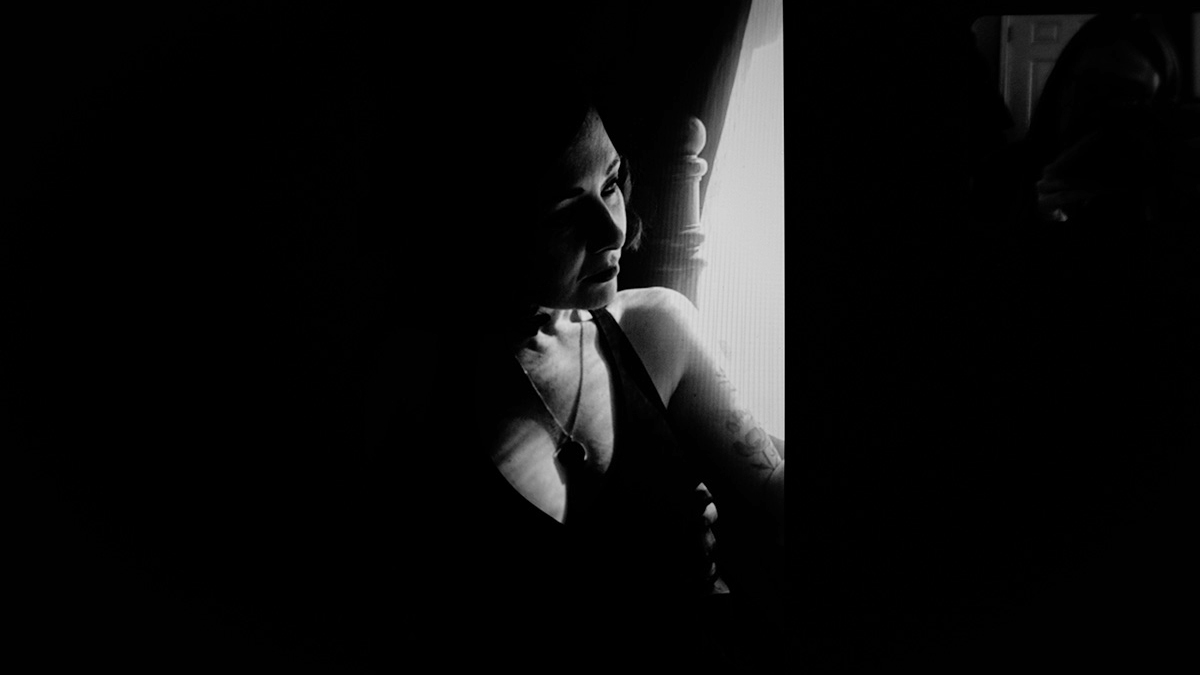Remote Portraits for the Pandemic Age
Photographer Stephanie Saujon is creating portraits remotely while everyone is locked down by the coranavirus.
4.7.2020
Social distancing hasn’t stopped Stephanie Saujon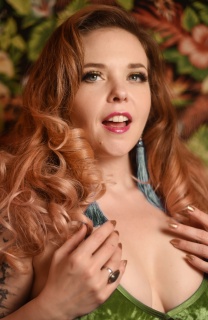 © Stephanie Saujon
© Stephanie Saujon
Stephanie Saujon has found an innovative way to connect with clients and earn a bit of income during the pandemic lockdown.

Stephanie Saujon has found an innovative way to connect with clients and earn a bit of income during the pandemic lockdown.
How, in this challenging time of sheltering in place, can you continue photographing portraits? You get creative. That’s what Denver-based Stephanie Saujon did when she found herself unable to travel and sequestered indoors, like most of her La Photographie Boudoir clients.
Originally from Nashville, Saujon maintains a large client base there and, until recently, traveled the country to conduct sessions. When she found her wings clipped (and her income threatened) by pandemic constraints, she had to make something else work.
Her innovative method lies at the intersection of social distancing and 21st-century technology: remote portrait sessions via FaceTime. The portraits don’t look like her typical work, and the process can be clunky at first, but these are the times we’re living in.
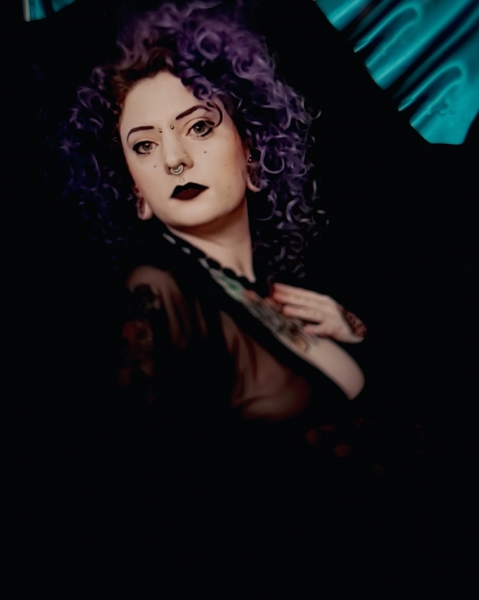
“This is how we communicate and stay connected right now, through video screens,” says Saujon. “I want it to look low-fi. I’m not trying to edit out the virtual quality of this.”
Positioned in the darkest part of her house to eliminate glare on her laptop screen, Saujon sets up a video chat between her laptop and her client’s smartphone, using her DSLR to photograph what she sees on the screen. After trying a couple of different focal lengths, Saujon found the best results with her 35mm.
“The perspective is already what it is through a cell phone lens, so the 35mm has been the best,” she says.
Saujon has experimented with depth of field, and some of her images have a tilt-shift look because she’s shot from a slight angle instead of straight on.
The idea for this line of portraiture came to her as she was puzzling out ways to generate income during quarantine downtime. Originally, Saujon was planning to set up a Patreon account and give online lessons on self-portraiture, lighting, and retouching. “And then, honestly, I was sitting on my couch thinking this through and was like, Would it work if I did a shoot on a screen?”
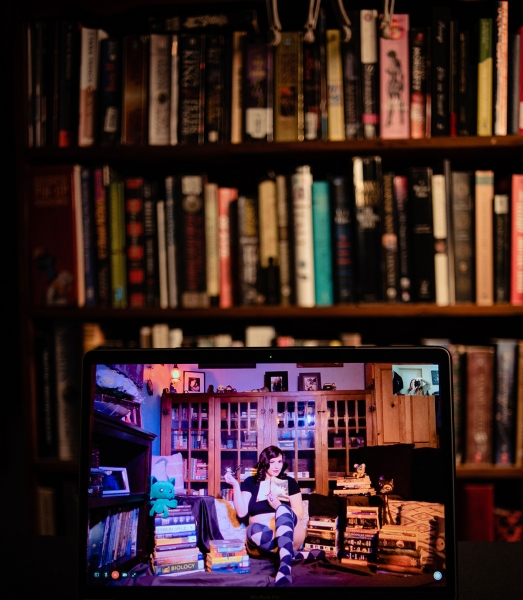
Saujon sets up a video chat between her laptop and her client’s smartphone, using her DSLR to photograph what she sees on the screen.
Saujon called a friend (and frequent muse) and asked if she’d be up for trying something different. After creating samples and working through the process, Saujon booked 10 virtual client sessions right away. Some were boudoir, others beauty portraits, but all were clients with whom she had collaborated before. Some clients built elaborate sets for their session and some simply posed on their sofas. During a pre-consultation video chat, Saujon helps each client select wardrobe and narrow down lighting options.
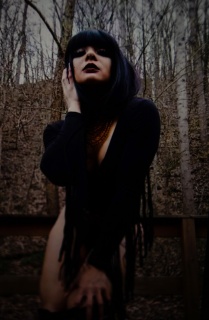
The shoot takes about 20 minutes, with Saujon coaching the subject throughout. Just as she does in a regular photo session, Saujon makes some images in natural light and some with artificial lighting. She instructs subjects in changing the camera angle part way through the session.
“I work with a lot of artists and performers, and this gives them a little more creative control and art direction," she says. "Normally, I do all of the art directing, set design, perspective, etc., and of course, my clients usually bring their own style and wardrobe. But this is an entirely different experience for them.”
After the session, Saujon selects the best images, runs them through Adobe Lightroom, and sends them to the client. Normally, she would do a proof gallery and let clients choose their images and then do retouching, but these aren’t normal times. For payment, she’s currently taking donations, with a suggested $100 minimum.
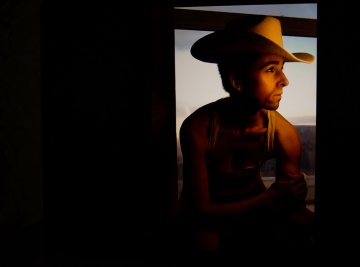
“The financial side of this is real,” she says. “Every photographer I know right now is scrambling. Some of my clients have lost jobs. Some can work from home, but they have insecurity, so I’m being very flexible with money right now. Some [clients] can’t pay anything, and some can pay more than the minimum donation. It evens out.”
For Saujon, the sessions have been partly about bringing in some income, partly about having something to occupy her time, and partly about a new way to be creative.
“It’s nice to be able to connect with clients and friends and create together despite distance and devastation from layoffs, lost work, or illness,” she says. “It feels nice to put those fears aside and just create art together.”
Stephanie Boozer is a writer in Charleston, South Carolina.

